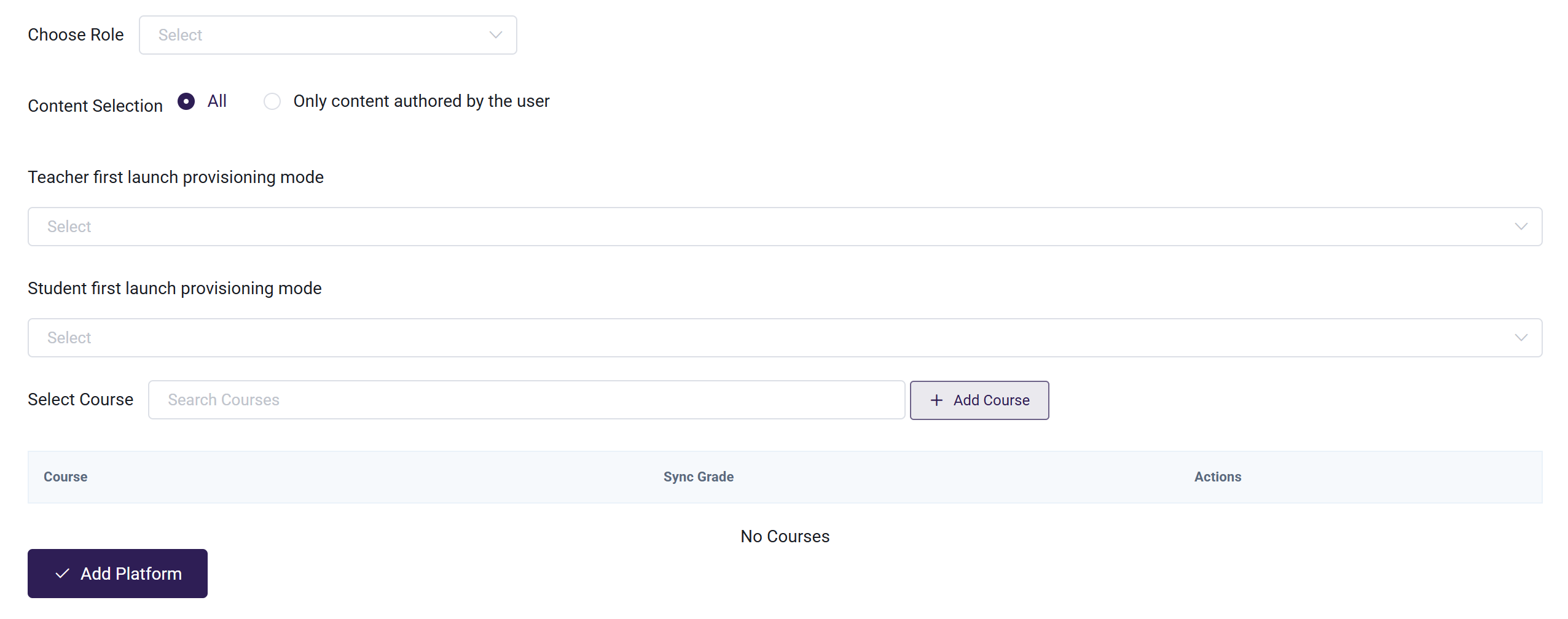LTI 1.3 (LTI Advantage) Integration
LTI 1.3 (Learning Tools Interoperability) is a standard developed by IMS Global Learning Consortium to enable secure integration of external learning tools and content with educational platforms. It provides a framework for seamless and authenticated data exchange between learning management systems (LMS) and third-party applications. LTI 1.3 enhances security through improved authentication methods and allows for a more robust and flexible integration of educational resources.
LTI Tools
An LTI tool is a third-party application or service that can be integrated into an LMS or other educational platform using the LTI standard. LTI tools are designed to extend the functionality of the host platform, providing educators and students with additional resources and capabilities without requiring users to leave the primary learning environment. For example, you can make your courses on your AOM platform accessible to other external LMS platforms that have incorporated the LTI standard.
LTI Tool Setup Guides
It is possible to make the content on your AOM platform accessible to any external LMS that supports the LTI Advantage (1.3) standard. Below are guides to some popular external LMS' that support the standard.
LTI Tool "Register Platform" Settings

-
Choose Role: These are LTI roles from the external LMS platform, that will be allowed to access your AOM platform. If a user on the external platform tries to access your content with a role that has not been selected, then they will be denied access. The most typical roles are: Administrator, Instructor, Learner.
-
Content Selection: Controls whether users that are selecting content on the external LMS platform will have access to all the courses selected below, or only the ones that they authored.
- For example, if the external user is an existing user on your AOM platform, and has authored their own courses on your platform, then you can choose for them to only have access to their own courses.
-
XXXX first launch provisioning mode: how to handle user creation/linking on first launch. We recommend using Existing and new accounts.
- New accounts only: a new account will be created for the user on their first launch. Note: if their email already exists, then they will be rejected.
- Existing and new accounts: if the user already exists in your platform, then the accounts will be linked. Otherwise, a new user will be created.
- Existing accounts only: only existing users will be able to connect. If a new user tries to connect, they will be rejected.
-
Select Course: select the courses from which the external content managers can choose to select content from. For example, if there are 3 courses, they can choose to select just 1 course, or even just some of the modules within that course.
- Sync Grade: this will send the quiz grade to the external LMS platform.
Assignment and Discussion modules are currently out-of-scope for grade sync.